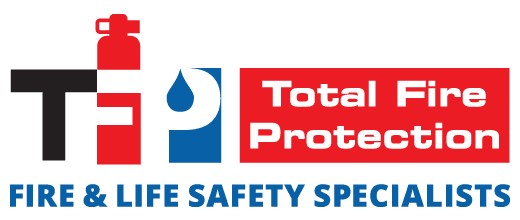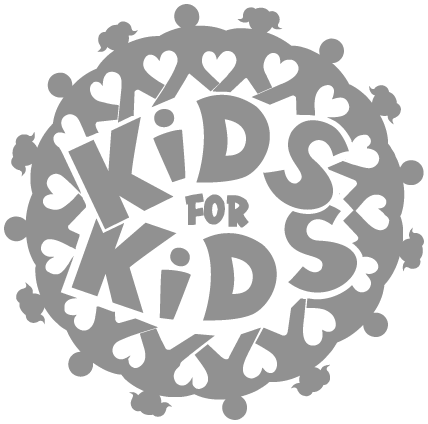As we approach the New Year, it’s important that, as a building owner, you ensure your building’s fire safety equipment is up to code, inspected, and in proper working order. Staying on top of your equipment’s maintenance and inspections is one of the best ways to keep occupants feeling safe and reduce property damage in a worst-case scenario.
For your convenience, we put together the checklist below to help ensure that you’re properly equipped for 2023.
Why Fire Safety Is Important
Staying up-to-date with fire safety measures and complying with local regulations and codes is not only essential but required by law. By taking the time to perform simple checks before the New Year, you can easily keep track of everything you need to update or have serviced before 2023. Our detailed checklist below will help you prioritize what systems to check and what to look for when reviewing
1.Fire Extinguishers
Fire extinguishers are one of your primary fire suppression systems. You need to make sure your fire extinguishers are installed correctly according to your local fire code. This includes the proper type of fire extinguisher depending on your industry, the height of the installation, and the distance from a potential hazard. Next, you’ll need to ensure your extinguishers aren’t expired and inspections are up-to-date. Check each extinguisher for physical damage; this would include canisters, hoses, or other components, and if your extinguisher is contained within a cabinet or other compartment, make sure the compartment can be easily accessed.
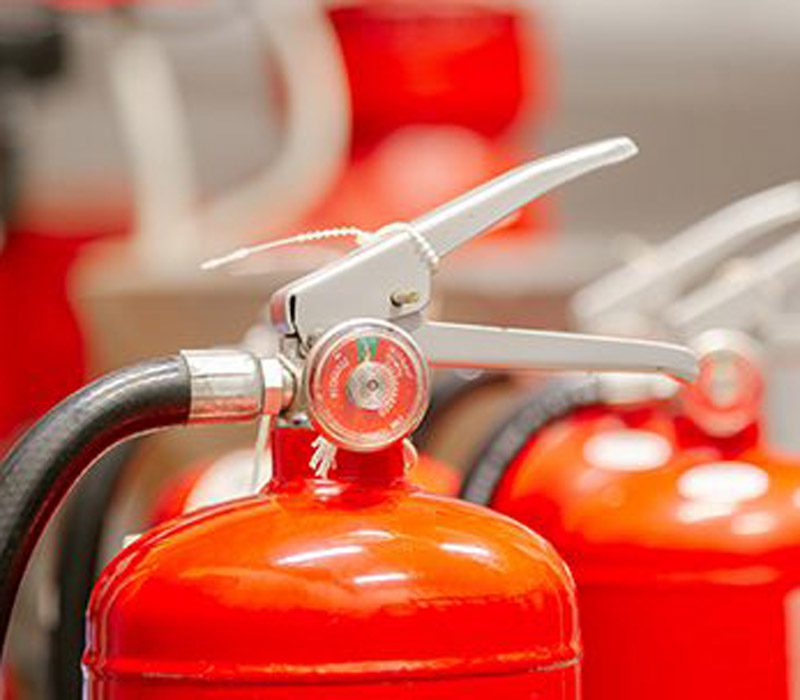
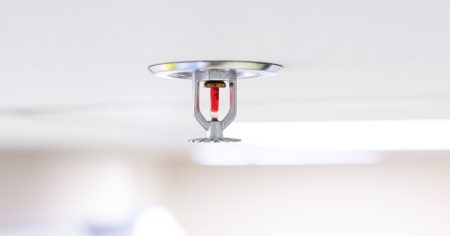
2.Fire Sprinklers
Fire sprinklers are one of your first lines of defense and are one of your most complex systems. Sprinkler heads, hoses, and the control system must be inspected regularly. Confirm your sprinkler systems are all up-to-code and inspections are up-to-date. Additionally, check your sprinkler heads to make sure they’re the required distance from each wall and that the sprinkler head has coverage for the entire room. Further, inspect the sprinkler heads and pipes to ensure there’s no physical damage and no leaks present.
3.Kitchen Fire Suppression System
The kitchen is one of the most fire-prone areas in any building. Each kitchen should have an up-to-code fire extinguisher and fire sprinkler, but if you’re a restaurant, hospital, school, or entertainment venue, you are also required to inspect your kitchen hood and duct systems. Grease and other residues can build up fast, so keeping your hoods and ducts clean means keeping your building safe.
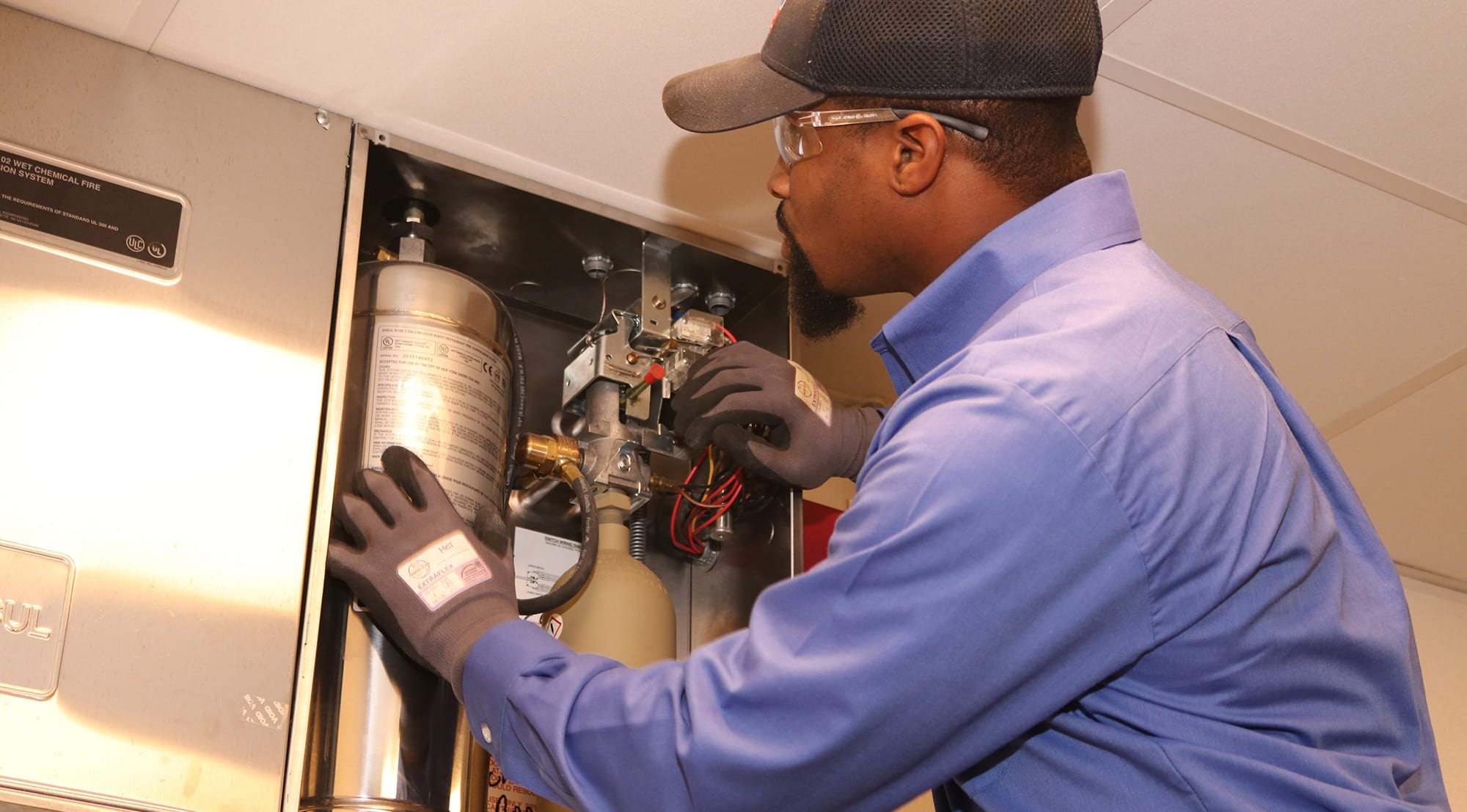
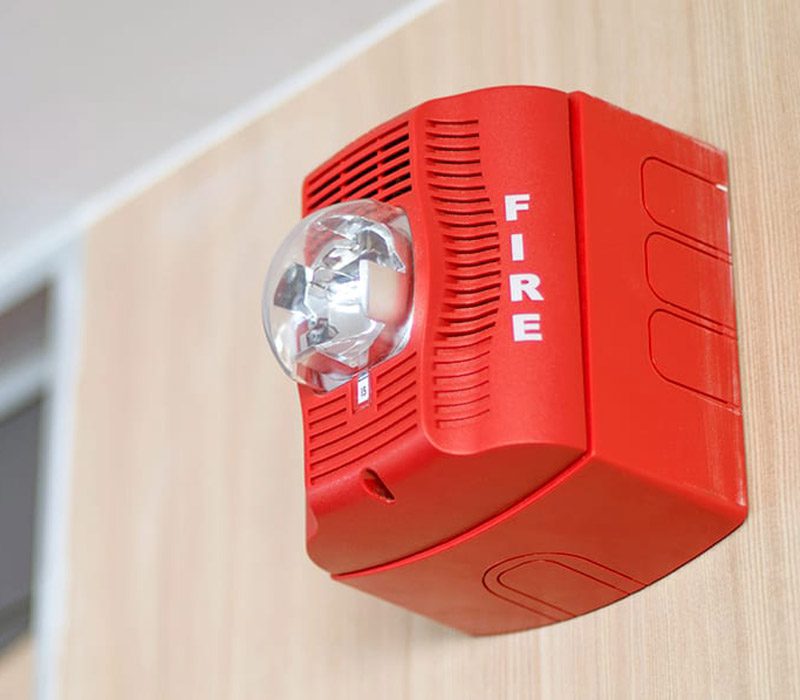
4.Commercial Fire Alarms and Detectors
Alarms and detectors are among the most prevalent fire safety systems in any building. This includes fire alarms, smoke detectors, and carbon monoxide alarms. You need to review the fire code for these alarms and detectors and ensure the proper alarms are installed throughout your building. You should also check each alarm for functionality and replace batteries where applicable.
5.Fire Safety Signage
Every commercial building must have the proper fire safety signage placed in specific areas depending on your building’s layout. In addition to these having signs, you must also ensure that they are not obscured in the event of an emergency. It’s important to check for any physical damage and replace where necessary and also ensure that all your signs are installed correctly and in the right areas.
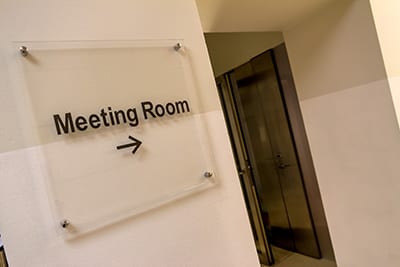
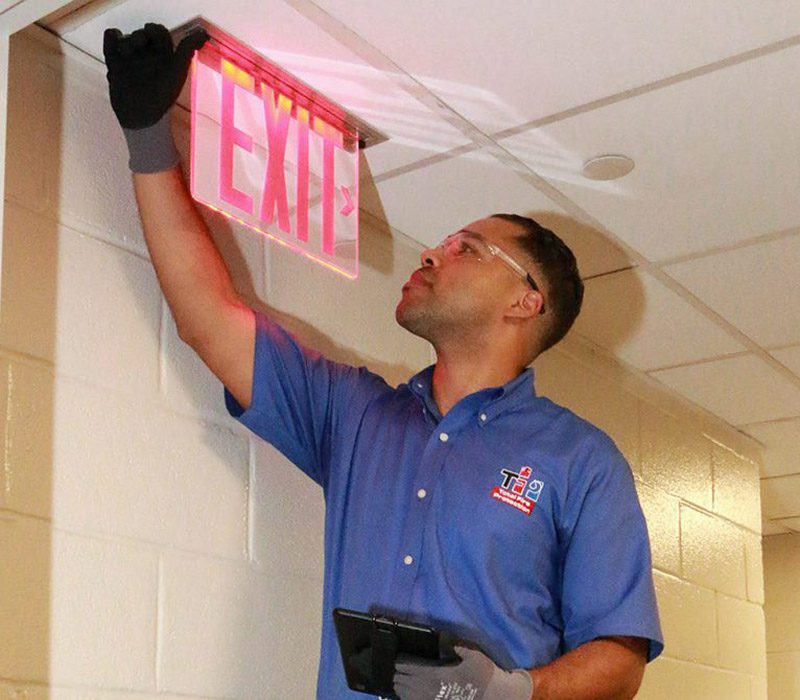
6.Emergency Exit Light
In the event of an emergency, exit lights allow for a safe retreat from danger. Make sure to review your inspection and ensure that your exit lights are up-to-code. Additionally, exit lights should be easily visible, even under hazardous conditions. Ensure the exit lights are fully operational as well, inspect the bulbs for damage and functionality, and replace batteries if necessary.
7.Photoluminescent Lighting and Egress
It’s important to ensure that your glow-in-the-dark lighting materials are working properly in the event of a black-out, fire, or other emergency scenario. Each marking should pass all requirements from your local fire department, including brightness, washability, non-toxicity, non-radioactivity, and surface flammability. Additionally, check for physical damage, and make sure that your marking’s inspections are up-to-date.
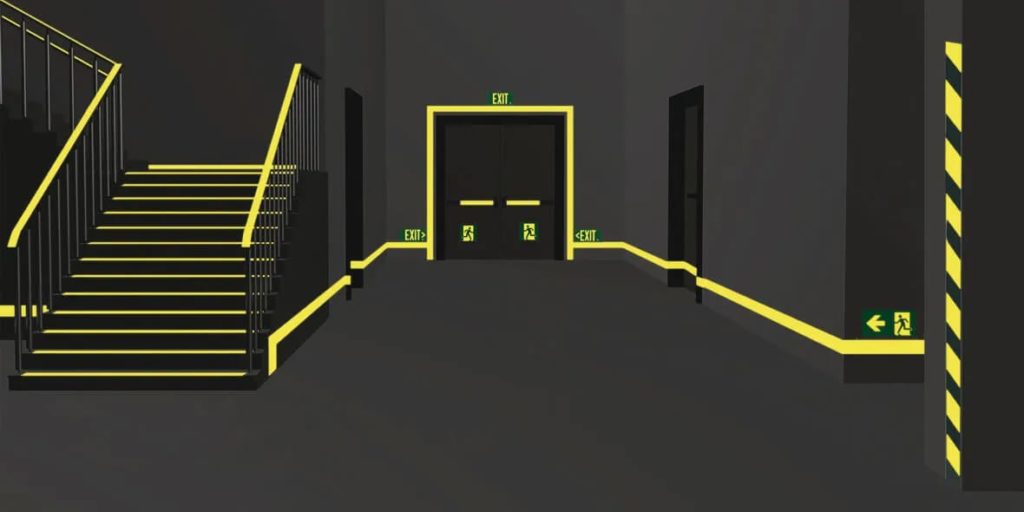

8.Fire Log Books
Having a fire log book is one of the most important parts of fire safety as it helps you keep track of all your systems, inspections, and tests. Not only does it benefit you and your business, but the NFPA also requires it. We offer log books for the upcoming New Year. If you’re unsure why a fire log book is important, you can learn more in our blog specifically about fire log books.
Protecting your building and its occupants should be your top priority as a building owner, and the New Year serves as a great time to inspect all your systems so you can go into 2023 protected.
Total Fire Protection is your all-inclusive fire and life safety partner, learn more about our consolidated services and contact one of our friendly technicians today.
